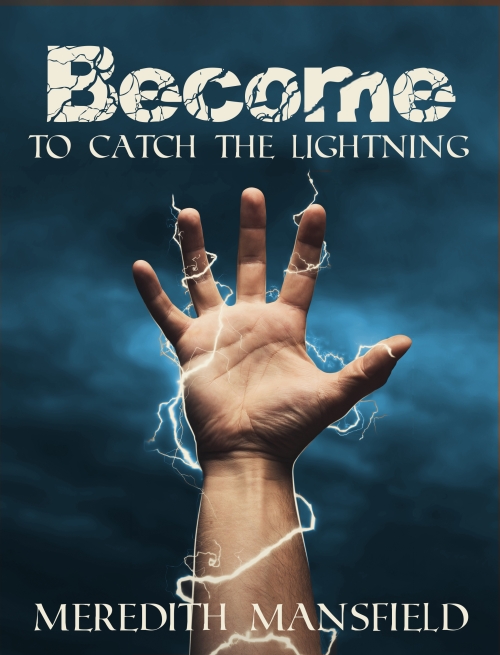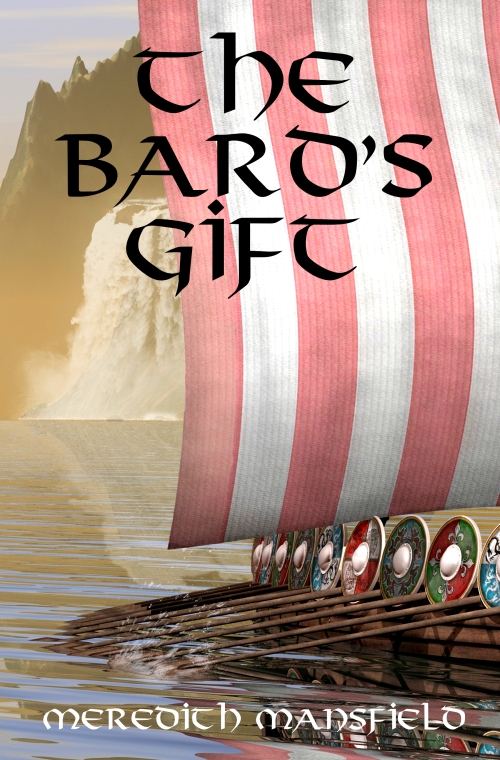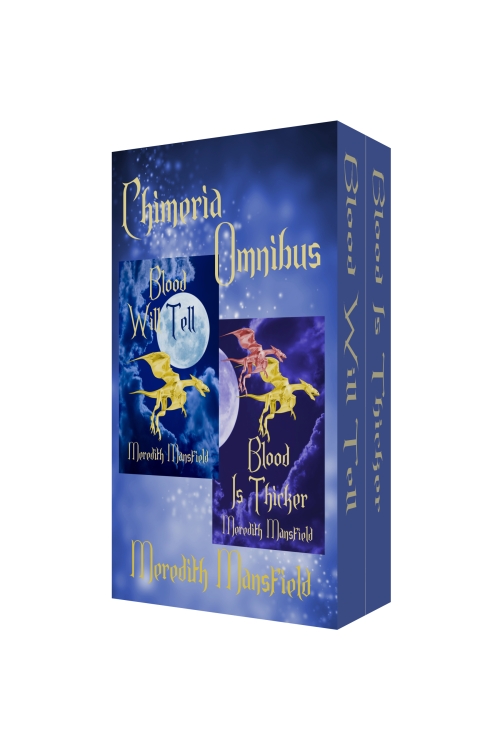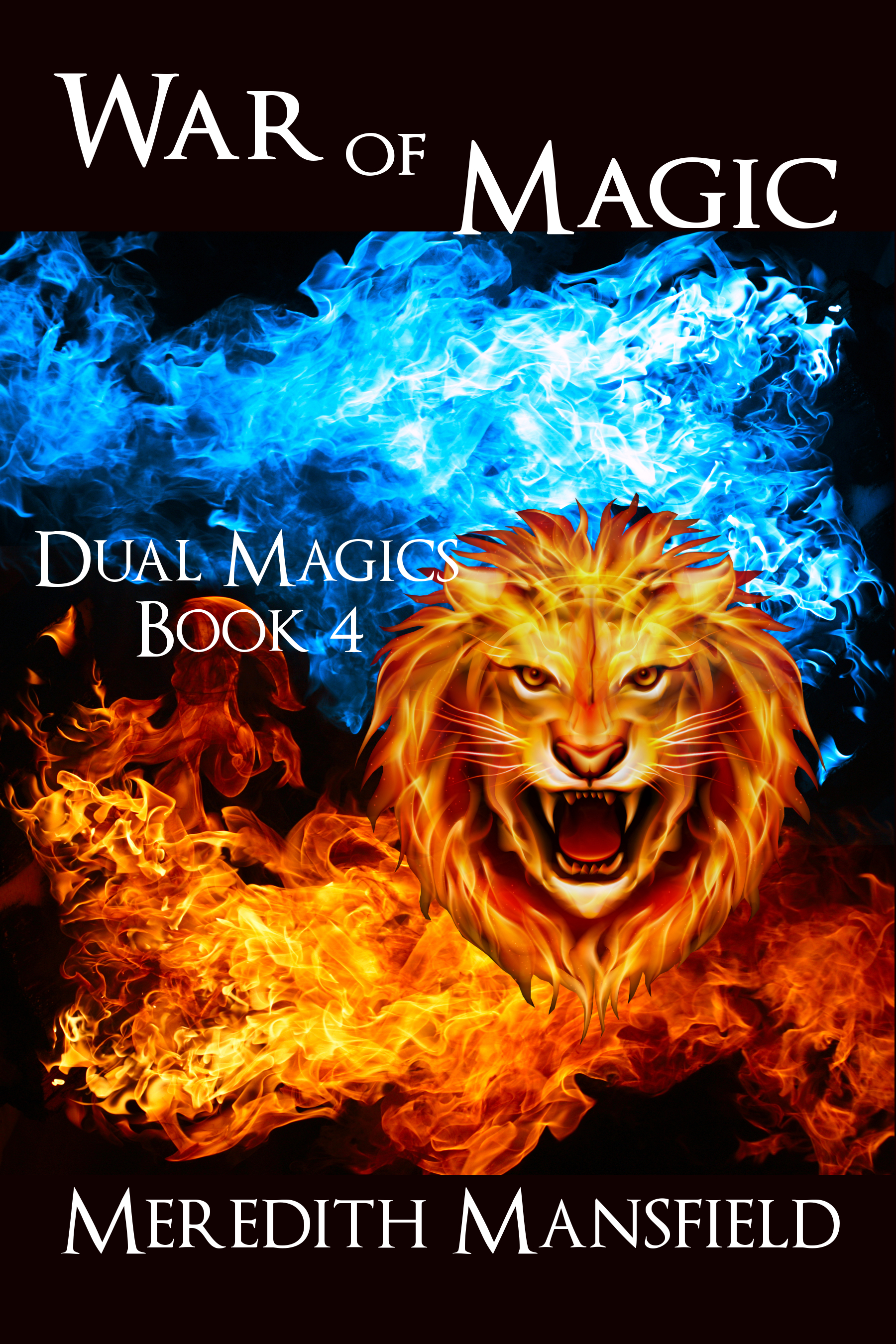Did you ever notice that the middle book (or movie) in a series is usually the least exciting? It just feels like there’s something missing. I have a theory about that.
This applies to all lengths of series in which there’s some overall conflict tying the whole series together, but, for the sake of brevity, let’s use the trilogy.
In the first book, we, as readers, meet the characters for the first time. We “see” the setting for the first time. Hopefully (so that we’ll want to continue the series) we fall in love. If it’s a fantasy, we also learn about the magic system, about any strange and wonderful creatures that inhabit this world. It’s all new and sparkling and full of wonder.
In the third book, we have the big bang, the ultimate confrontation between the hero and the villain. The villain gets his come-uppance. The hero emerges victorious. We get the resolution, the satisfaction, of finding out how the story ends.
The poor middle book doesn’t have either one of these. Hopefully, it’s at least a decent story in its own right, but not always. I’ve read series in which the middle book doesn’t even come out to a story, in the sense of having a smaller problem recognized in the beginning and resolved at the end. It’s just a bridge between the first and third books. I have to really love the characters to want to come back for more in those cases.
This is something I’m really struggling with right now with BLOOD IS THICKER, which is the middle book of my CHIMERIA trilogy. The three books are each meant to stand alone, but they also build on each other and there is something of an overarching problem. BLOOD IS THICKER suffers from middle-book syndrome. And I’m not quite sure how to fix it. Yet.
Now, I want to mention one series that spectacularly beat the middle-book blues–J. K. Rowling’s HARRY POTTER series. And I think I know why. She parcels out that sense of wonder all through the books, especially the early ones. In SORCERER’S STONE we learn about the wizarding world, Diagon Alley, Hogwarts, Quidditch, baby dragons, unicorns, and centaurs. But in CHAMBER OF SECRETS we get the flying car, the whomping willow, giant spiders, a “talking” diary, a phoenix, and the basilisk. In PRISONER OF AZKABAN we get dementors, hippogriffs, werewolves, time-turners, the Marauders’ Map, and the patronus charm. Do I even have to go into GOBLET OF FIRE?
Now, if I could just figure out how to apply that to BLOOD IS THICKER. I think I have a better chance with the sequels to MAGE STORM.
Also, new chapters of FIRE AND EARTH and BLOOD WILL TELL are available on wattpad.
Read Full Post »



















